In recent years, the workplace has seen a significant shift with many people embracing standing desks as a remedy for the long hours of sitting that most office jobs demand. Whether it's spending the day at your desk, sitting through endless meetings, or lounging in front of the TV after work, extended periods of sitting have been widely reported to negatively impact our health. In response, the simple solution seemed to be to stand more. However, new research reveals that standing alone is not the health boost many think it is. In fact, standing for long periods might bring its own health risks.
The Popularity of Standing Desks: Are They as Effective as We Think?
The standing desk has surged in popularity, particularly in office settings where employees are looking for ways to combat the sedentary lifestyle. Many people believe that standing for prolonged periods can help improve posture, reduce the risk of obesity, and enhance heart health. This belief has driven the standing desk trend, where workers switch from sitting all day to standing, hoping for better health outcomes.
But is standing for hours really the answer to fighting the negative effects of sitting all day?
New research from the University of Sydney has cast doubt on the benefits of standing desks. According to their findings, while standing more throughout the day can help reduce sitting time, it doesn’t necessarily translate into improved heart health over time.
The dangers of sitting for long periods are well-documented. Studies have shown that sitting for more than 10 hours a day can increase the risk of heart disease, diabetes, and other chronic health issues. Extended periods of inactivity cause blood flow to slow down, which can lead to blood clots, muscle degeneration, and poor circulation. Many experts argue that the sedentary nature of office jobs has contributed to the rise of heart disease and obesity in modern societies.
But simply swapping sitting for standing may not be the magic cure we had hoped for. The University of Sydney's study suggests that the problem isn't just sitting or standing, it's the lack of movement.
In their research, scientists tracked the heart health and standing habits of over 83,000 adults in the UK over a span of seven to eight years. What they found was eye-opening: while sitting for long periods increased the risk of heart disease and circulation problems, standing for long hours didn’t offer much benefit either. In fact, standing for extended periods of time could introduce new health issues, such as varicose veins and deep vein thrombosis (DVT), both of which are caused by poor circulation.
Dr. Matthew Ahmadi, the lead author of the study, explained that standing too long without sufficient movement may not offer protection against heart disease. According to Ahmadi, standing may reduce sitting time, but it does not combat the damage caused by a largely inactive lifestyle. Instead, people need regular movement throughout the day, not just a shift in posture.
Standing alone isn’t enough to maintain good heart health, but neither is sitting all day. What the research shows is that regular movement is the key to improving heart health and circulation. Dr. Ahmadi and his research team suggest that the focus should not be on how much time we spend standing but rather how often we incorporate movement into our daily routines.
People should aim to get up and move around at regular intervals throughout the day. Simple activities like walking, taking the stairs instead of the elevator, or even just taking a few minutes to stretch can have a positive impact. Taking breaks from your desk to go for a short walk or even stepping away during lunch to move around can go a long way in maintaining heart health.
Professor Emmanuel Stamatakis, a co-author of the study, emphasized the importance of small changes in daily habits. "Take regular breaks, walk around, or use the stairs. Even a little bit of movement makes a big difference for heart health," he explained. By making minor adjustments like these, individuals can significantly reduce their risk of developing heart disease.
Earlier research conducted by the same team found that even short bursts of exercise could have a meaningful impact on heart health. According to their study, as little as six minutes of vigorous activity or 30 minutes of moderate exercise each day can lower the risk of heart disease, even for people who spend most of the day sitting.
For those who can’t find time for extended workout sessions, this is good news. Even small amounts of exercise can contribute to overall cardiovascular health and help mitigate the risks associated with prolonged sitting. Whether it’s a brisk walk, a quick bike ride, or even a few minutes of jumping jacks, integrating short bouts of movement throughout the day is an effective strategy.
The findings from the University of Sydney suggest that while standing desks may help reduce sitting time, they are not the health panacea many people believe them to be. The real solution to combatting the negative health effects of a sedentary lifestyle lies in regular movement and physical activity, not just in switching from sitting to standing.
Standing desks have their benefits, such as improving posture and reducing the discomfort that comes from sitting all day. However, to truly protect your heart and improve your overall health, you need to be moving, not just standing. Whether it’s getting up to stretch, going for a quick walk, or climbing stairs during a break, movement is the key to maintaining a healthy heart and circulatory system.
If you’re looking to stay active during the workday, here are some practical tips to help you incorporate more movement into your routine:
1. Set a timer: Every hour, set a reminder to stand up, stretch, or take a brief walk around your office.
2. Walking meetings: Instead of sitting around a conference table, suggest taking meetings outside for a walk.
3. Use the stairs: Skip the elevator and take the stairs whenever possible. This simple switch can make a big difference.
4. Stretch breaks: Incorporate short stretching sessions into your workday to keep muscles engaged and improve circulation.
5. Desk exercises: Try exercises like leg lifts, seated stretches, or shoulder rolls to keep blood flowing even while sitting at your desk.
6. Active commuting: Walk or bike to work if possible, or consider parking further away from the office to get in some extra steps.
7. Lunch breaks: Use your lunch break to get in some movement, take a walk, do a quick workout, or stretch outside to break up long periods of sitting.
The key takeaway from the research is that balance is essential when it comes to our health. While prolonged sitting is detrimental to heart health and can increase the risk of serious diseases, simply standing in place for long periods doesn’t provide the solution. Regular movement, even in small doses, is necessary to maintain heart health and circulation.
Standing desks can be useful tools for reducing sitting time, but they should not be relied upon as the sole strategy for improving health. Instead, individuals should focus on incorporating a variety of movements throughout the day, making small adjustments to keep their bodies active.
Ultimately, it's not about sitting less or standing more, it's about moving more. Whether you’re at work or at home, finding opportunities to add movement into your day is the best way to protect your heart and improve your overall well-being.
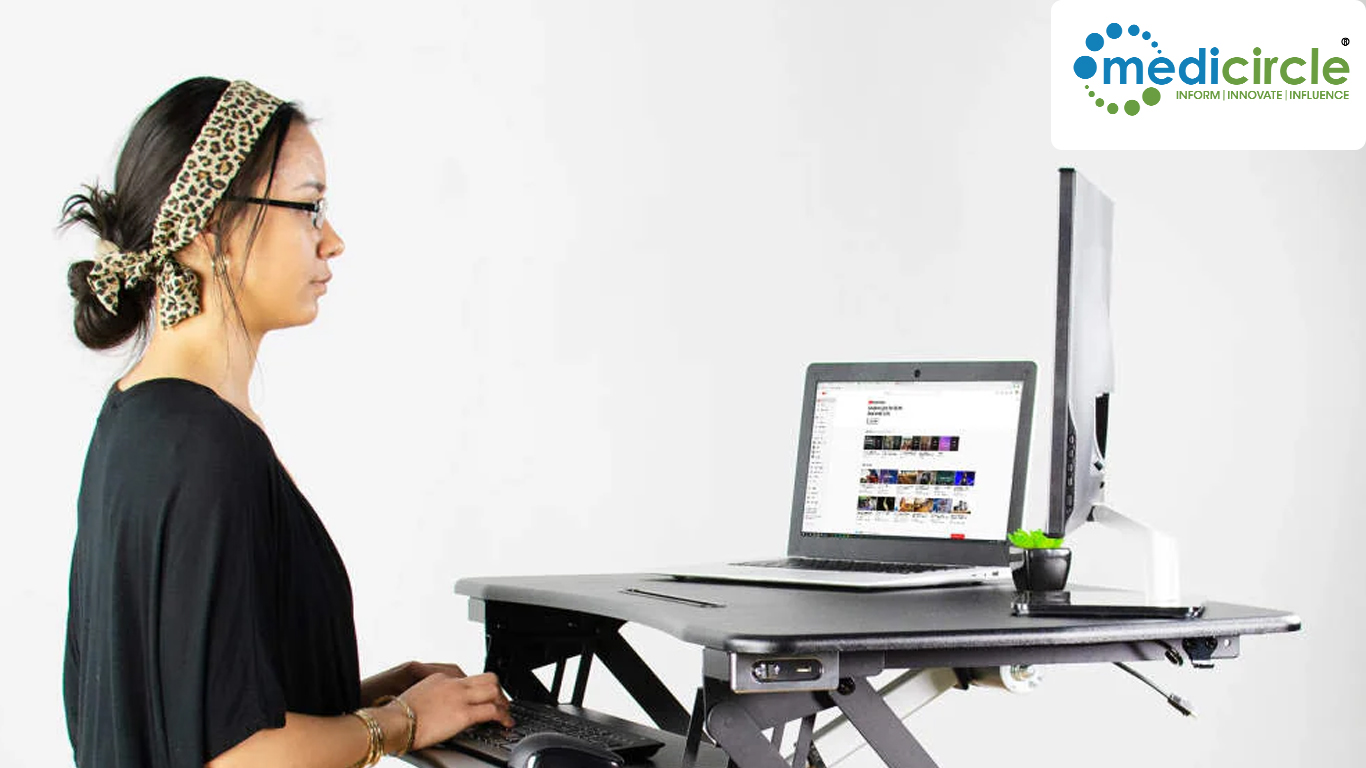
 Individuals should focus on incorporating a variety of movements throughout the day, making small adjustments to keep their bodies active.
Individuals should focus on incorporating a variety of movements throughout the day, making small adjustments to keep their bodies active.




















.jpeg)


.jpeg)


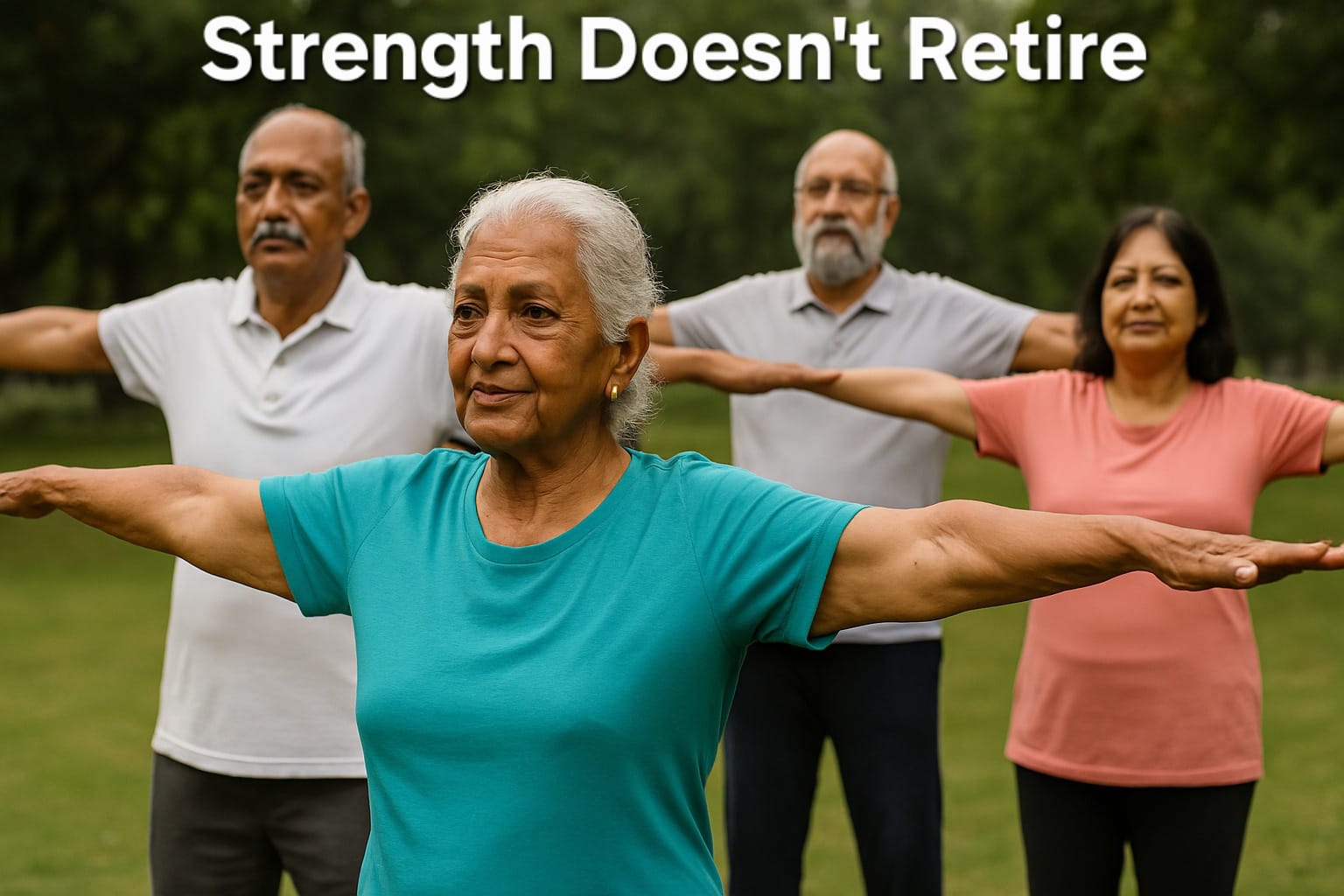
.jpeg)
.jpeg)
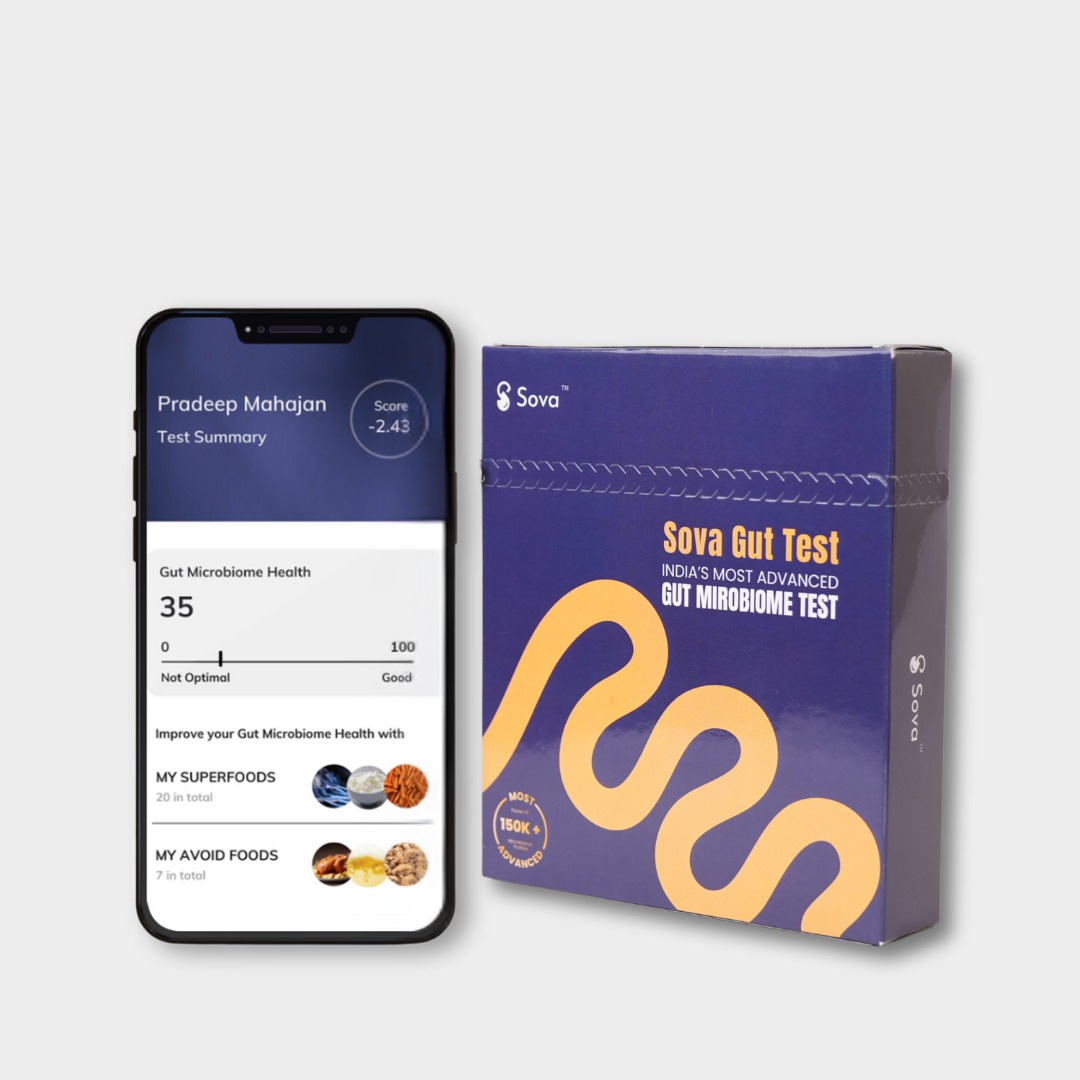
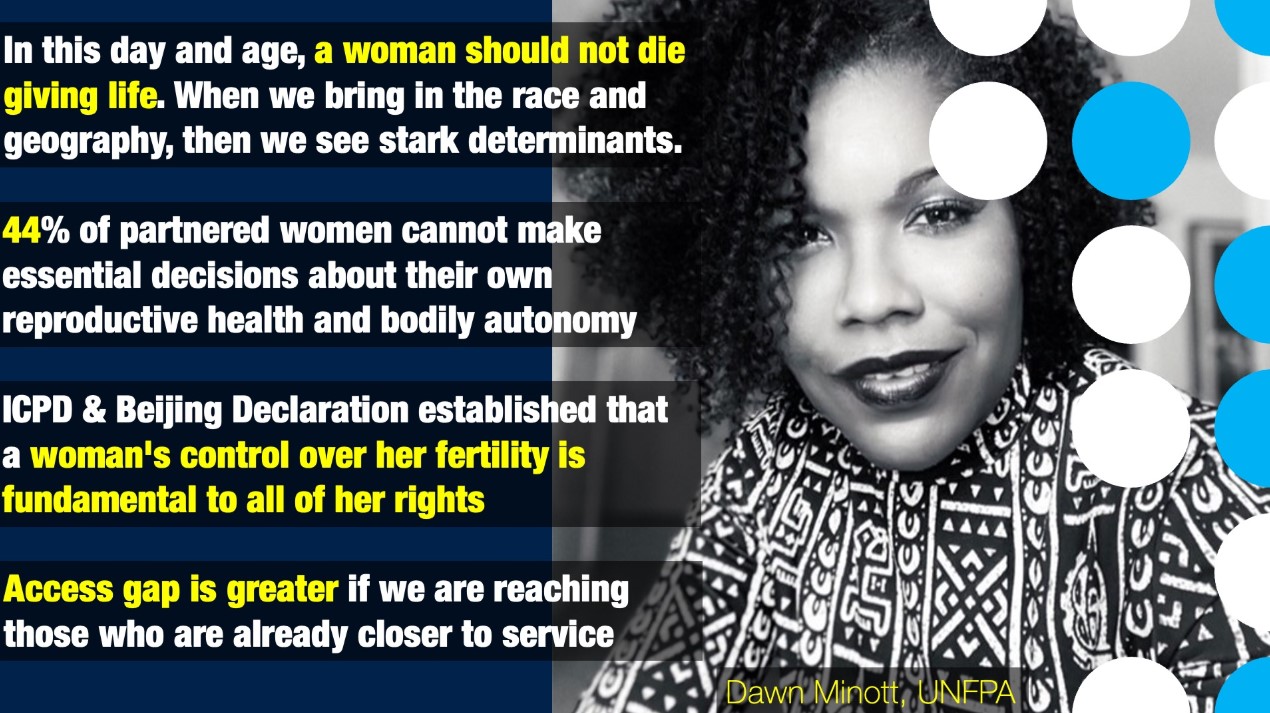
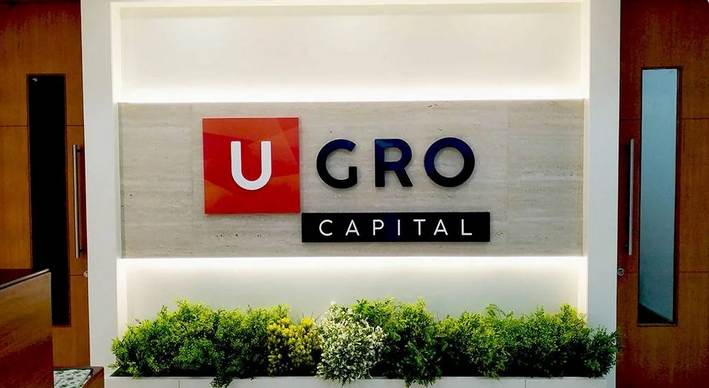

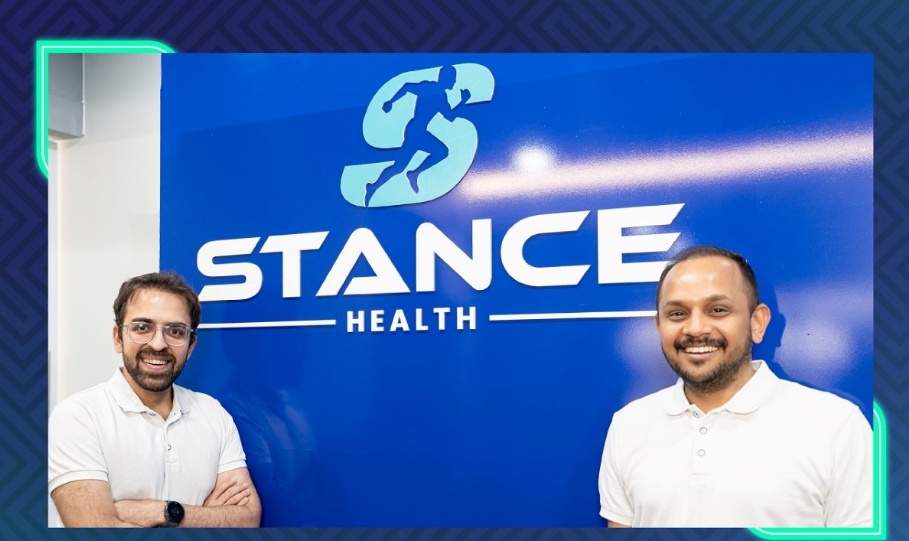

.jpeg)





